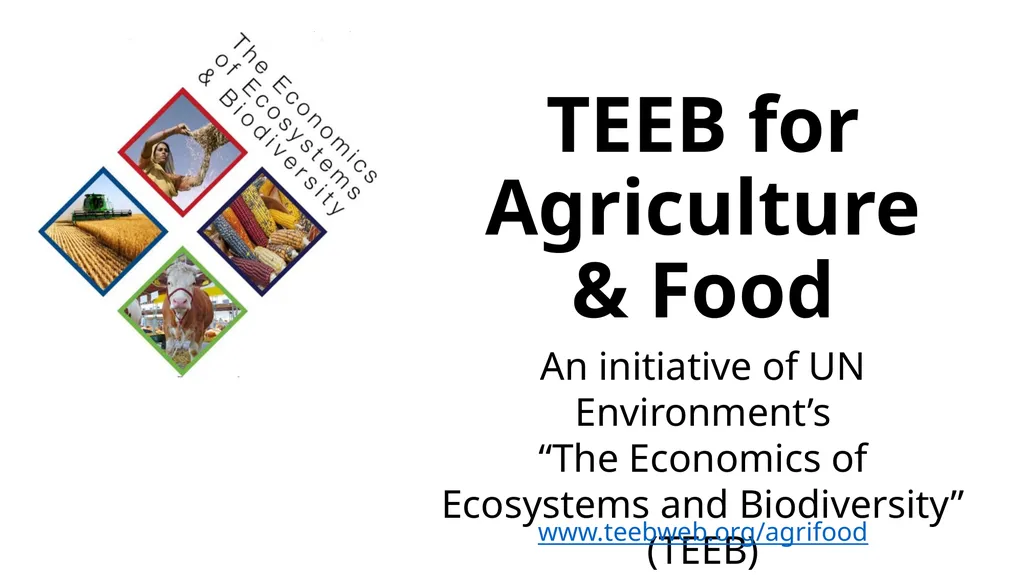
TEEB for Agriculture & Food An initiative of UN
Author: celsa-spraggs | Published: 2025-05-23
Description: TEEB for Agriculture Food An initiative of UN Environments The Economics of Ecosystems and Biodiversity (TEEB) www.teebweb.orgagrifood Feeding a growing population Saving the planet Sustainable rural livelihoods and social equity
Download Presentation
Download the PPT/PDF: Download
Transcript:
Loading transcript…